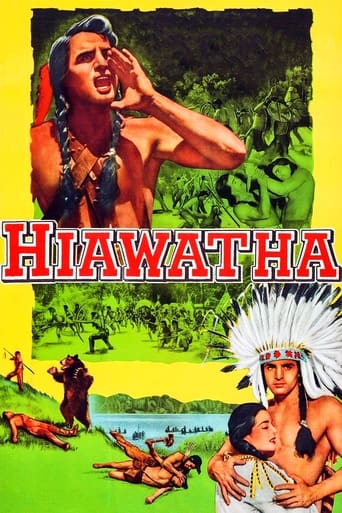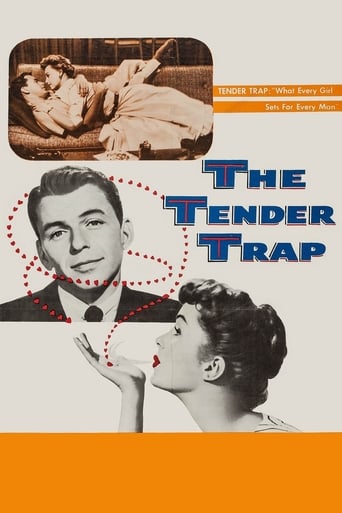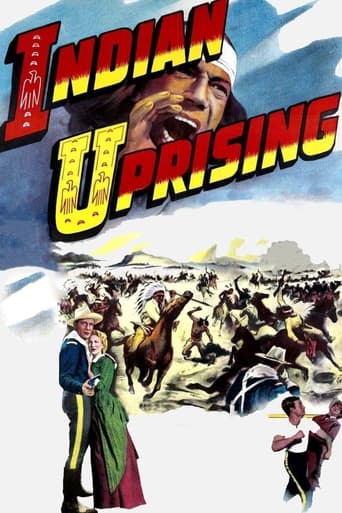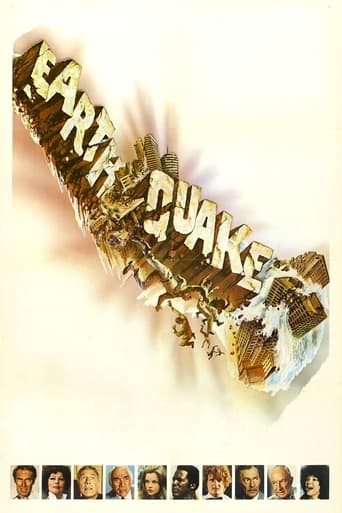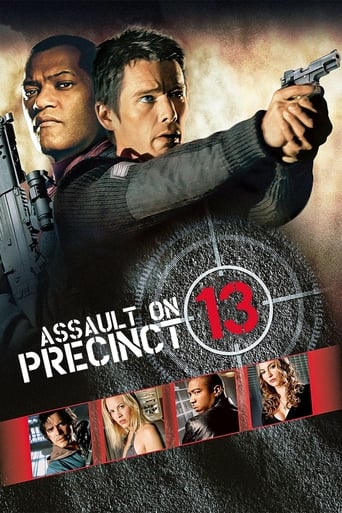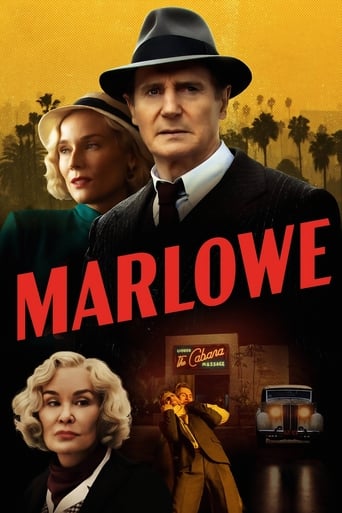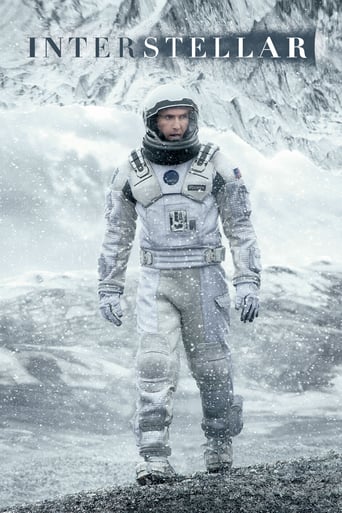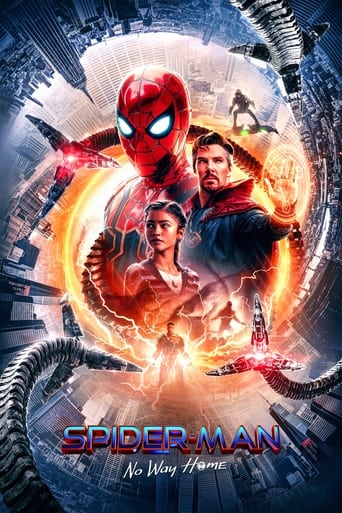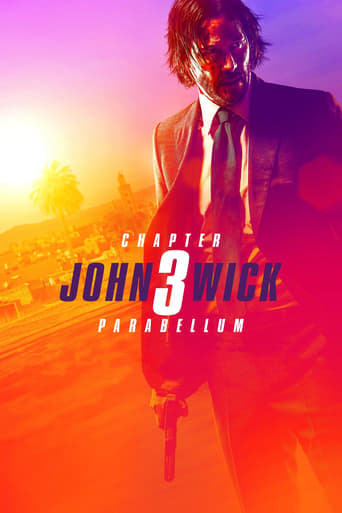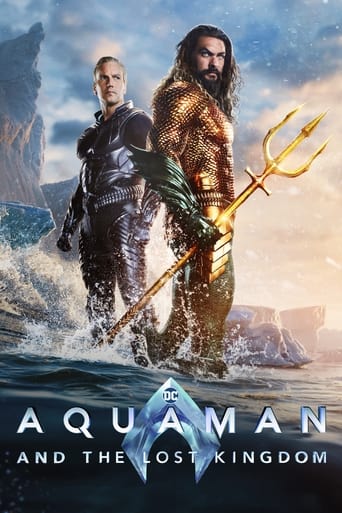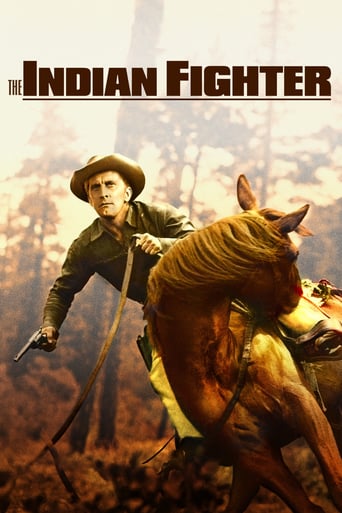


The Indian Fighter
A scout leading a wagon train through hostile Indian country gets involved with a Sioux chief's daughter.
-
- Cast:
- Kirk Douglas , Elsa Martinelli , Walter Matthau , Diana Douglas , Walter Abel , Lon Chaney Jr. , Eduard Franz


Similar titles
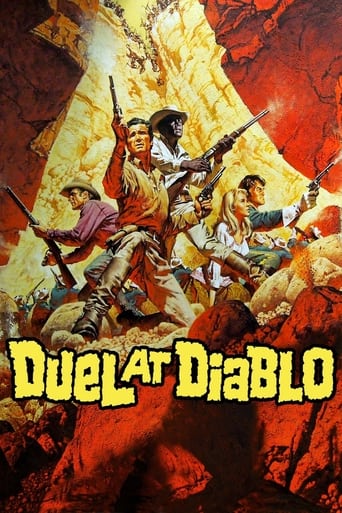
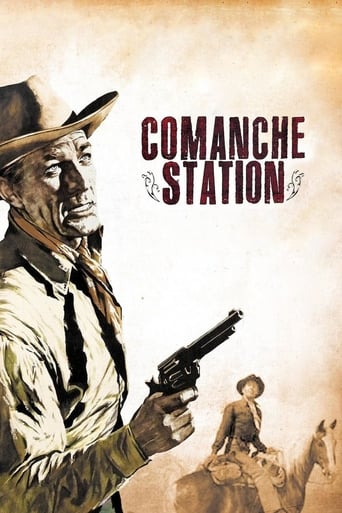
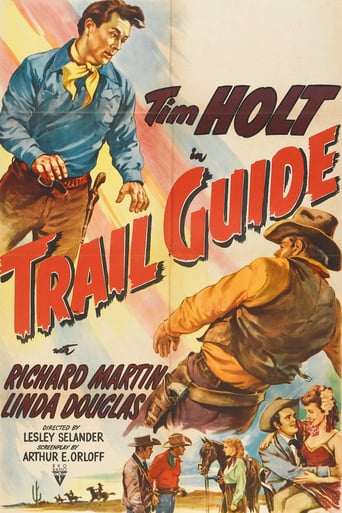
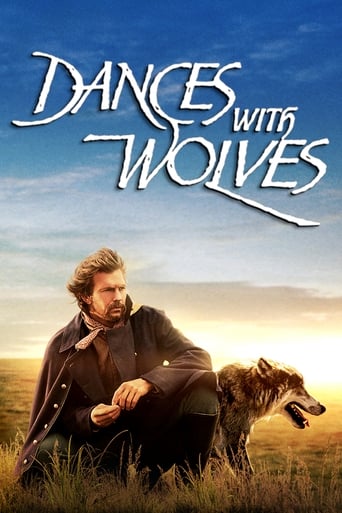
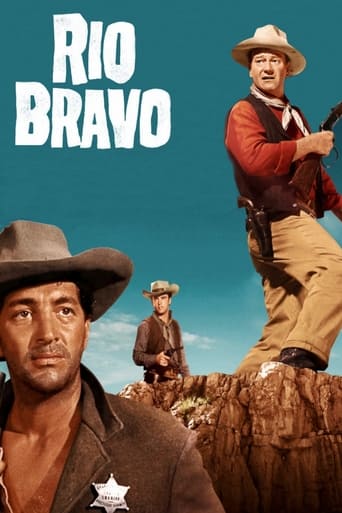

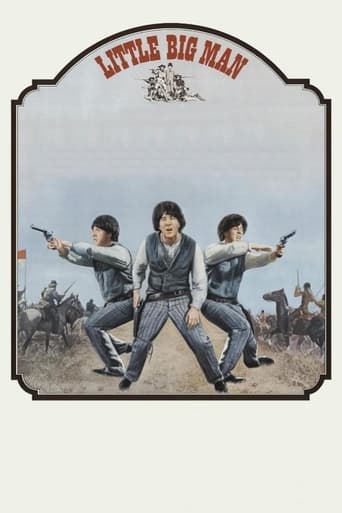
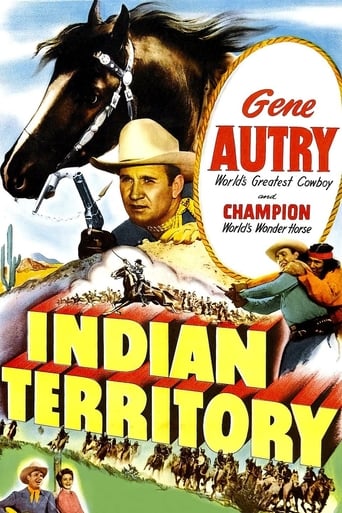

Reviews
Very disappointing...
All of these films share one commonality, that being a kind of emotional center that humanizes a cast of monsters.
Unshakable, witty and deeply felt, the film will be paying emotional dividends for a long, long time.
It’s sentimental, ridiculously long and only occasionally funny
This is an Odd Combination of Light Hearted Playfulness Punctuated with Plenty of Sex and Violence. Ramped Up Sex and Violence for the 1950's. it is Also Elevated by some Themes Only Found in the Best of the Genre until the Code was Eliminated.It has Social Concerns about the Environment and Treatment of the Indians. The Violence is Brutal at Times with some Very Bloody and Edgy Portrayals of Scalping, Knifing, and has One or Two Scenes that are Remarkable in the Aftermath of some Sioux Arrows.There is an Interracial Romance, Semi-Nudity, Rape, and an Attack on the Fort that shows the Intelligence and Resourcefulness of the Indians. There is also a Subplot about the New Invention of Photography and the Film's Cinematography is CinemaScope Sensuous. Some Drawbacks Include Weak White Bad Guys, another 1950 Inclination to have an Obligatory Whiny Kid, and a Intrusive Score from Frank Waxman. Overall, Above Average, Cutting Edge, and Entertaining. Recommended for Western Buffs and this would Fit in Nicely for Fans and Followers of Anthony Mann, Budd Boetticher, and Sam Fuller.
This is an underrated Western. It never shows up on "Best Westerns" lists, but it is as good or better than many that do. Here's what I liked:Kirk Douglas plays the stock role of charismatic Western scout very well.The Indians are portrayed as three dimensional characters. The film presents a pretty aggressive Indian point of view without becoming overly depressing or preachy. Red Cloud and the Sioux are placed in historically accurate context, except for the Oregon location.There are several very strong Civil War tie-ins.Nice bit about the photographer. Probably only time this idea was ever used as part of a "passing of the West" theme.Absolutely stunning outdoor locations. Very little sound stage filming.Elsa Martinelli is HOT. Excellent use of child actor Michael Winkelman (later of "The Real McCoys" TV series) as comic relief.Here are some of the things that detracted from the film's quality:Walter Mathau is badly miscast as the heavy.Overall the plot is too bland and cookie cutter. The heavies aren't very menacing. There's no really compelling character or dramatic tension.In many places the plot is implausible and contrived, especially the actions of the heavies, Civington and Todd. The same is true of the romance between Hawks and Onahti. This is the chief's daughter, she has the pick of any brave in the tribe, yet she falls for a white guy who rapes her.Kirk Douglas is a legit star and has a great screen presence, but he is very smug and overacts.
I've always enjoyed Kirk Douglas films in general and he's usually very good in westerns. But The Indian Fighter quite frankly is a pumped up B western.Kirk produced this one as well and was able to get a good cast of familiar faces in westerns. He even got his ex-wife, Diana Douglas to appear as a widow traveling west on a wagon train with her son.Kirk Douglas is Johnny Hawks who is a scout guiding a wagon train west to Oregon. The film opens with him checking out the naked Elsa Martinelli taking a bath in a creek. Pleasure before business and he continues on to the village where he finds out Elsa is the daughter of Chief Eduard Franz.And that sets the tone for the film. When Douglas should be concerned about the safety of the people he's working for, he's off trying to court Elsa. His preoccupation with her almost causes disaster to the train.Action there is though, including a nicely staged Indian attack on an army post. And the whole film was shot in Oregon on location quite nicely. I believe some of this same area was used in Kirk Douglas's later western The Way West.Kirk Douglas's heroes are usually flawed and quite three dimensional. But this film has a hero I could not really get a rooting interest for.
At the heart of De Toth's oeuvre lies an interesting contradiction. He has an abiding interest in suspense, action, and the wellspring of violent events (a fact underlined by the number of thrillers, frontier yarns and dramas he helmed during his career), but, as a director, characteristically disassociates himself from their process. This 'distancing' effect has been noted by a number of viewers, creating some critical debate about De Toth's engagement with his material. In my view his detachment is not to be confused with aloofness - an interesting comparison can be made with Stanley Kubrick's alleged 'coldness' - but is rather De Toth's way of resolving what really 'matters'. It is this intelligence, revealing itself sharply in his best films, that makes him such a worthwhile study. Along with De Toth's assured debut 'Ramrod' (1947) and the austere 'Day of the Outlaw' (1959), 'The Indian Fighter' is probably the finest of his Western films, revealing a characteristic response to the demands of the genre. In 'Ramrod' the moral questing springs from a noirish plot that is unsettled and full of tension. In 'Day of the Outlaw' issues are resolved more formally, played out against the stark landscape of Winter. In 'The Indian Fighter', De Toth's concerns manifest themselves in his most lyrical and sensuous work. He thereby creates a film which, in emphasis, is in direct contrast to most other 50's Westerns.This is ostensibly a tale of a famous frontiersman Johnny Hawks (played with usual lusty gusto by Kirk Douglas), back from the wars. Ultimately he has to redeem his reputation, discovering balance within the indigenous people he has previously warred against. Gold has been discovered on Indian land, and the bad guys (a marvellous performance by Walter Matthau, ably supported by Lon Chaney, Jnr) are out to kill and cheat to secure the riches. This, and the related fear of a tribal uprising, provide the main action point of the film. As the Indian fighter of the title, ironically the first thing we notice about Hawks is his reticence. In fact he hardly fights at all - only when he is obliged, or when called upon to at the climax of the film. For him, combat is not a prerequisite, although he is not slow to react when needs be. A comparison with the bitterness of Ethan Edwards, say, in Ford's 'The Searchers' is revealing. Edwards loathes the Commanches, with a bitterness entirely absence from De Toth's hero. As Hawks' opponents observe, he is more of an Indian lover than fighter. And, of course, in the most obvious way, they are right. Almost more important to the hero than his professional reputation is his preoccupation with the Indian maid Onhati. His single-minded pursuit, and later dalliance, with her initiates the main crisis of the film, as he leaves the wagon train to be by her side, after taking it 'two days out of my way and half way up a mountain'.This is a film full of sensuality, placed in contrast to 'duty', the calling of action. We are constantly reminded of the cool pools, green foliage, closeness of the earth, just as much as of the teachery and turmoil of the frontier. Franz Waxman's score is lyrical and evocative, frequently idyllic. The glorious cinematography gives nature's perpetual garden a pantheistic gloss, sometimes intense, and always resplendent. Just as the main film captures these images, so in mimicry does Briggs, a supposed protégé of civil war photographer Matthew Brady, who frequently accompanies Hawks. He is eager to capture the grandeur around him. His camera is as significant to us as it is to Hawks, who makes a point of rescuing it at one point (during the battle at the fort). An important minor character, Briggs emphasises the appreciation of the sublime and beautiful that the film invites. A couple of times De Toth pauses the action (once at the fort and then at the wagon train), to pan his camera for long seconds along sets and people, recording their place in the Oregon landscape. Like Briggs he wants to admire, and record.A circular film, 'The Indian Fighter' begins with Hawks gazing at Onhati bathing naked in a pool. It ends with him joining her in the water, forming a happy couple. The whole world of action is thus enclosed by their bonding, their sensual preoccupation usurping the violent demands of Indian-white conflict. The scenes between the two lovers caused a murmur at the time. Considered 'risque' for the conservative 50's Western, De Toth simply inserted them, and their sexual self-absorption, as entirely fitting his plan of things. What is more eyebrow-raising today is how he allowed the encounters between two lovers to backstage the expected intrigues of masculine action, and actually assume greater significance, reversing regular audience expectations. This stress, an essentially feminine one. is completely uncharacteristic of the Western at this time. Add to that a sympathetic view of Indians and nature conservation (the Indian Chief's environmental concerns are a main reason for his refusing to exploit the land with mining) and you have an excellent film - a career highlight of this greatly underrated director.

